Hajj 2015 Pilgrimage: What Does The Muslim Journey To Mecca Look Like? [PHOTOS]
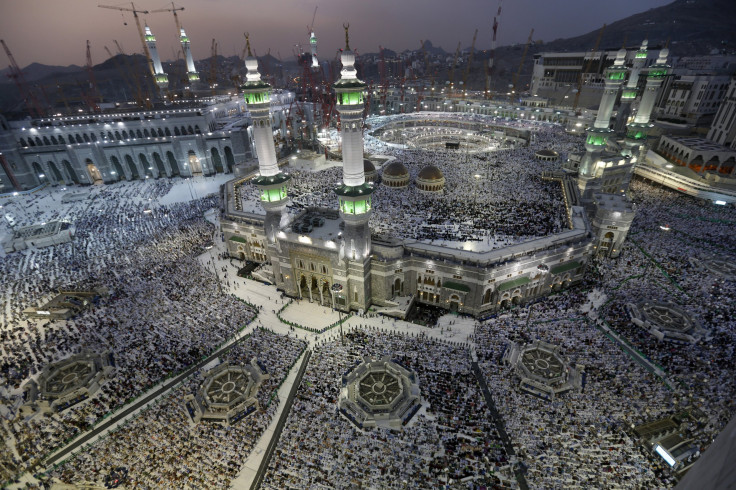
The world's largest mass gathering is set to begin next week when often more than one million Muslims make the Hajj pilgrimage to Mecca, the holiest city in Islam. This year, the Hajj is expected to begin Monday and end Sept. 26. Here's what that religious journey looks like, in pictures.
Hajj takes place during the last month of the Islamic year, which every year shifts approximately 11 days earlier against the Gregorian calendar. It involves a number of rituals, one of which includes circling the Kaaba -- a black, cube-like structure also known as the House of God -- the holiest site in Islam. It is located within the Grand Mosque, and Muslims believe Abraham built the Kaaba 4,000 years ago. During Hajj, Muslims are supposed to carry out tawaf, which requires them to circle the Kaaba seven times.

Able-bodied Muslims are supposed to carry out the Hajj at least once in their lifetime, as part of one of the five pillars of Islam. The global Muslim population was about 1.6 billion in 2013, according to the Pew Research Center. Nearly one billion live in the Asia-Pacific region, nearly 250 million in sub-Saharan Africa, and 317 million in the Middle East and North Africa. Nearly 2.5 million live in North America. That's a lot of traveling, when it comes to making the pilgrimage to Mecca.

Muslims also pray during Hajj.
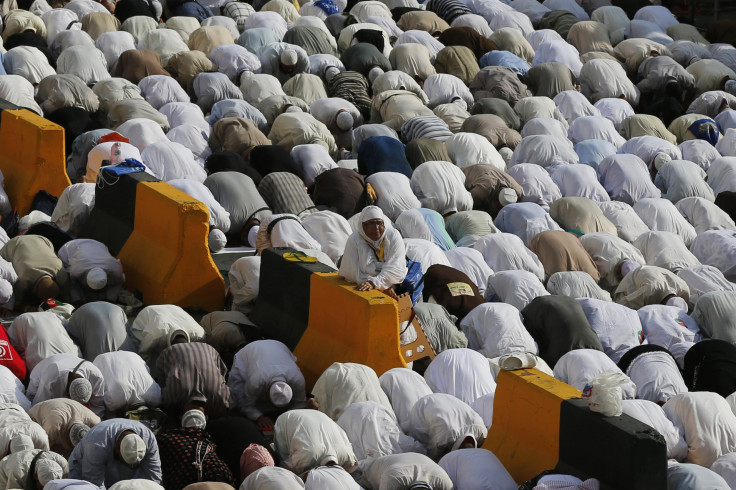
Kissing the Kaaba during tawaf is another tradition.
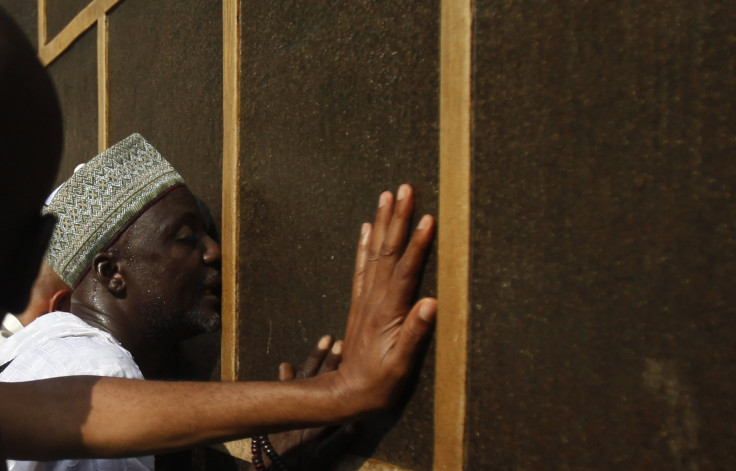
The second day of the pilgrimage is known as the Day of Arafat. On that day, Muslims make their way to Mount Arafat, where they believe the Prophet Muhammad, the founder of Islam, gave his Farewell Sermon during his last year of life. There, Muslims pray from sunup to sundown.
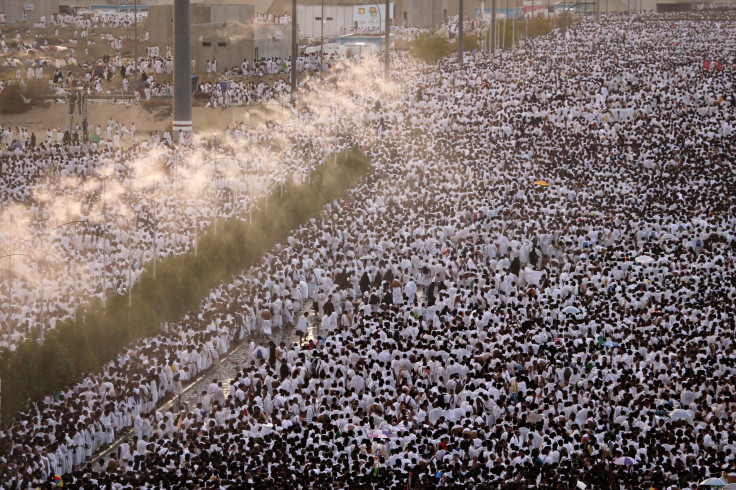
In preparation for the Hajj, Saudi security forces participate in a military parade.

Because Hajj is the largest gathering of people in the world, preventing the spread of disease is always a concern. In 2014, protecting against the Ebola virus and MERS coronavirus was a primary worry.
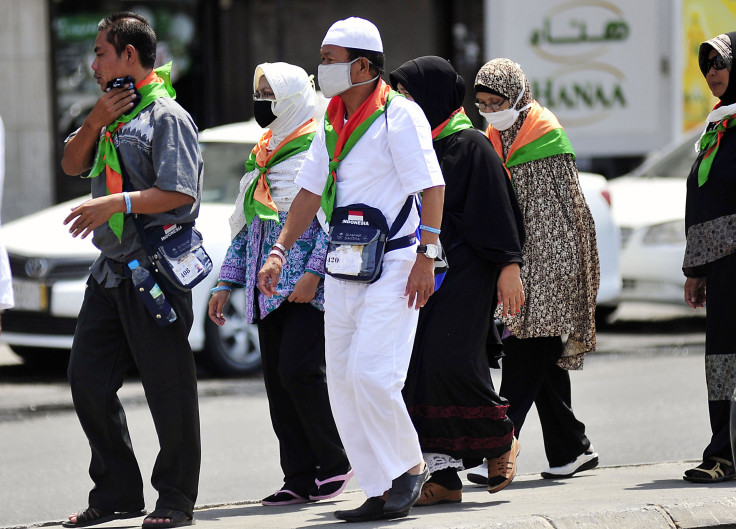
Hajj may be a ritual more than 1,000 years old, but in the 21st century it is infused with modern technology and trends, like selfies, to the chagrin of some clerics.
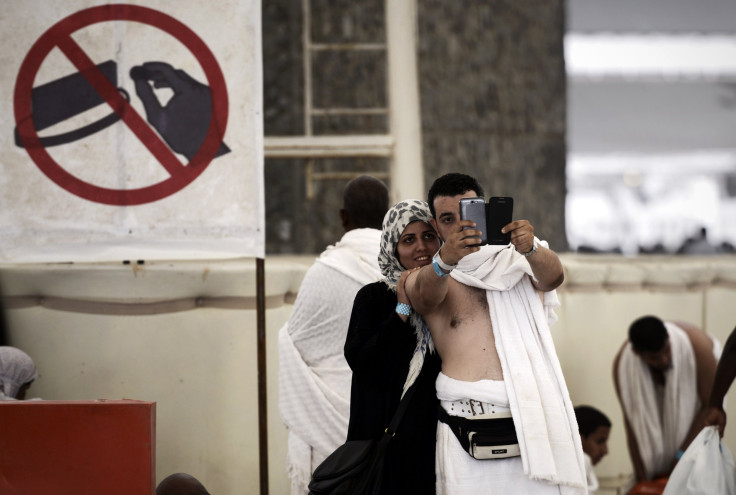
On the third day of the Hajj, Muslims pilgrims throw pea-sized pebbles at pillars that symbolize the devil. They then typically cut their hair or shave their heads.
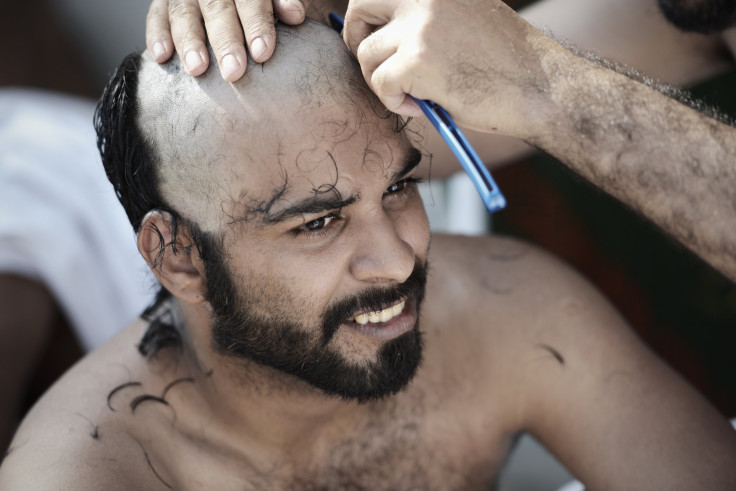
© Copyright IBTimes 2024. All rights reserved.





















